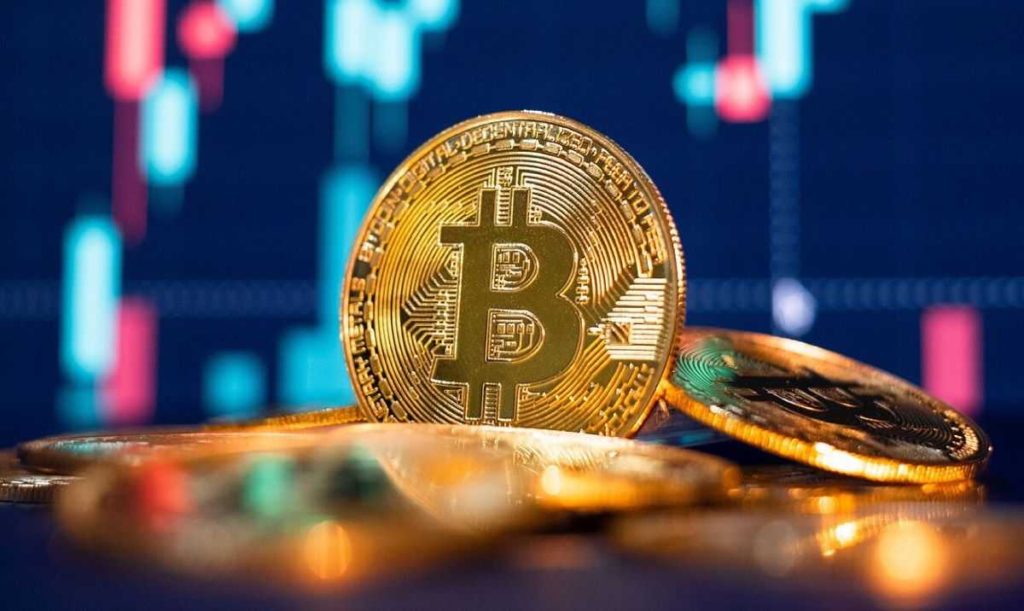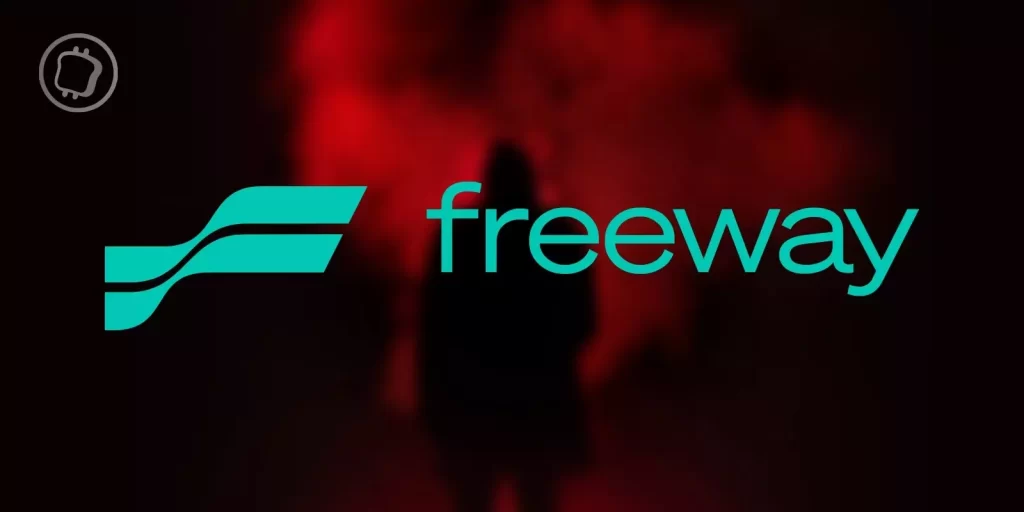Bitcoin (BTC) rallied to $20,745 per coin on Wednesday, reaching its highest level since September, a jump of roughly 7 percent in 24 hours.
A massive liquidation of shorts of the cryptocurrency king, totalling $550 million USD, triggered BTC price spikes. Traders liquidated a total of $704 million in shorts on Tuesday, with Wednesday reaching an additional $275 million, Coinglass found.
Many crypto analysts took to social media to express their excitement about the latest liquidation.
Social Media Raves about Bitcoin
Trade analyst, investor, and trader Titans of Crypto stated that the two-weekly chart showed bullish trends, citing the relative strength index (RSI) had crossed the long-term trend line and 14 simple moving average (SMA).
“The combo is playing right now. We’ll have to wait till the 7th November for confirmation,” the user said.
#Bitcoin Bullish Combo Signal (2W)
On the 2 weekly chart :
1/ RSI crosses the long term trend line.
2/ RSI crosses the 14 SMA.The combo is playing right now.
We’ll have to wait till the 7th November for confirmation. pic.twitter.com/rCYt4bi6jG— Titan of Crypto (@Washigorira) October 26, 2022
Crypto analyst Josh also found evidence of the long-term bullish trend, stating Bitcoin had broken out of its downward trend and formed a bullish divergence, or a chart pattern where prices fall to lower lows but technical indicators reach higher lows, revealing strengthening market forces.
#Bitcoin breakout + bullish divergence. #BTC 👀 pic.twitter.com/12MhrvbkU8
— Josh (@CryptoWorldJosh) October 26, 2022
Cauê Oliveira, lead on-chain analyst for Brazilian media outlet Block Trends, stated the liquidation event at FTX was the largest “in its entire history.”
Yesterday we had the biggest shorts liquidations event at FTX in its entire history! 🚨
High leverage market pushes bears into the worst liquidation event of this bear, even with a price change of only +/- 5%.#Bitcoin pic.twitter.com/2I9yFO6Hq9
— Cauê Oliveira 💊⚡ (@caueconomy) October 26, 2022
Key figures from Coinglass revealed that over $1 billion in liquidations took place on Tuesday, with Bitcoin and Ethereum posting $500 million and $476 million, respectively. FTX held the highest number of liquidations totalling $862 million, 77 percent of which were shorts.
Avraham Eisenberg, the man responsible for the Mango Markets hack, recently took to social media to brag about making $100,000 on his “shitcoin” exploit of Mango Inu.
The hack led to $117 million in missing funds, but Eisenberg said in his Twitter post he “did nothing wrong” and that his actions were “legal.”
According to his social media post on 23 October, he stated he had deployed his Mango Inu cryptocurrency for “exploiting bots” attempting to buy up the issued tokens in a move known as a ‘rug pull.’
In one of his tweets, he said, “Talked to someone who would deploy coins, add liquidity, and rug right after the bots bought, was a good low capacity strat last year when the bots bought anything that moved.”
Comments, Reactions To Mango Markets Rug Pull
News of the exploit sparked a flurry of outcry from others, who slammed the move for its alleged lack of ethics or morals, despite Eisenberg stating he had not violated any laws.
“Why are you flexing a rug on your twitter mate,” Twitter user Manny responded.
Another user, Lost Boys, said “This behavior always happens up down left right. It’s indicative of nothing other than people will always be looking for easy money in bad places”
Despite the backlash, Eisenberg said he had warned people not to buy Mango Inu, adding “if you buy this you will definitely lose all your money.”
What is a Rug Pull?
According to CryptoVantage, rug pulls involve manoeuvres to “pull the rug from under” investors by running off with funds from coins in the market.
Tactics include stealing liquidity by removing funds from liquidity pools, limiting sell orders to block people from buying tokens and then abandoning them later, and dumping or ‘pump and dump’ schemes to sell off substantial tokens to lower the coin’s price.
Several massive rug pulls have taken place in recent years, namely with the biggest-ever ‘heists’ including OneCoin, Thodex, AnibusDao, Defi100 Coin, defrauding investors and coin holders of up to $4 billion, $2 billion, $60 million, and $32 million, respectively. The most recent scandal in May this year with Terra Luna led to $40 billion in losses, leading to potentially the largest rug pull in history, CryptoVantage added.
Freeway, a cryptocurrency platform, blocked some of its services due to skyrocketing instability in the cryptocurrency market, it said in a statement on Sunday.
The British platform issued a statement on 23 October, where it said “unprecedented volatility in Foreign Exchange and Cryptocurrency Markets in recent times” had led the firm to block some of its services.
It added the company would diversify its assets to “manage exposure to future market fluctuations and volatility” to preserve the “sustainability and profitability of the Freeway Ecosystem” in the long-term.
Due to the measures, Freeway suspended purchases of Supercharger simulations until after fully implementing its strategies, the statement continued.
It continued, stating, “We will notify you when we are ready to recommence partial Supercharger simulation purchases (buy-backs) and then again as we can recommence full Supercharger simulation purchases as well as on platform Freeway Token (FWT) Deposits and Buys.”
Freeway’s website notes that Superchargers offer up to 43 percent annual yields, allowing users to deposit funds in regulated brokerage accounts with daily rewards, without buy-in or exit fees.
Cryptocurrencies with 43 percent Supercharger rewards include Bitcoin, Ethereum, USD, EURO, GBP, CAD, and AUD. The firm also offers 21.5 percent annual rewards on Binance, Cardano, Polkadot, and Gold.
As of 11 October, the company has issued $161 million in Supercharger simulations, totalling $37 million in annual rewards each year.
News of the halt sent the platform’s native cryptocurrency FWT nosediving roughly 74 percent, leading to anger and frustration over the crash and lack of access to personal accounts, according to Gizmodo reports.
Several other cryptocurrency platforms have faced insolvency in recent years, with crypto lending platform Celsius filing for bankruptcy, forcing the company to pay nearly $3.76 million in vendor claims and liens, reports found.
Terra/Luna also crashed to near zero, triggering further instability in the crypto markets and forcing Luna Market, a cryptocurrency, non-fungible token (NFT), and metaverse platform to rebrand as Insomnia Labs.






